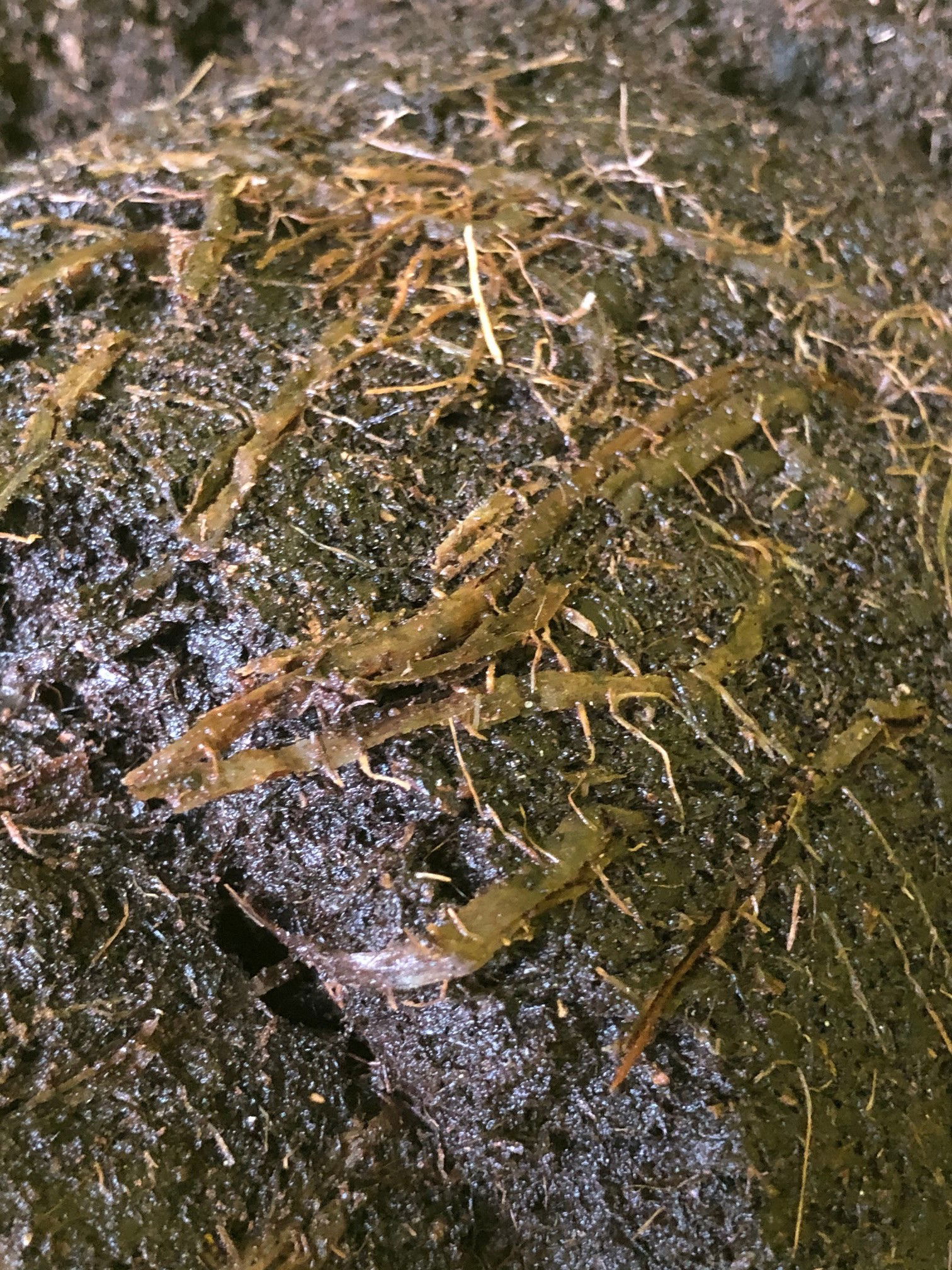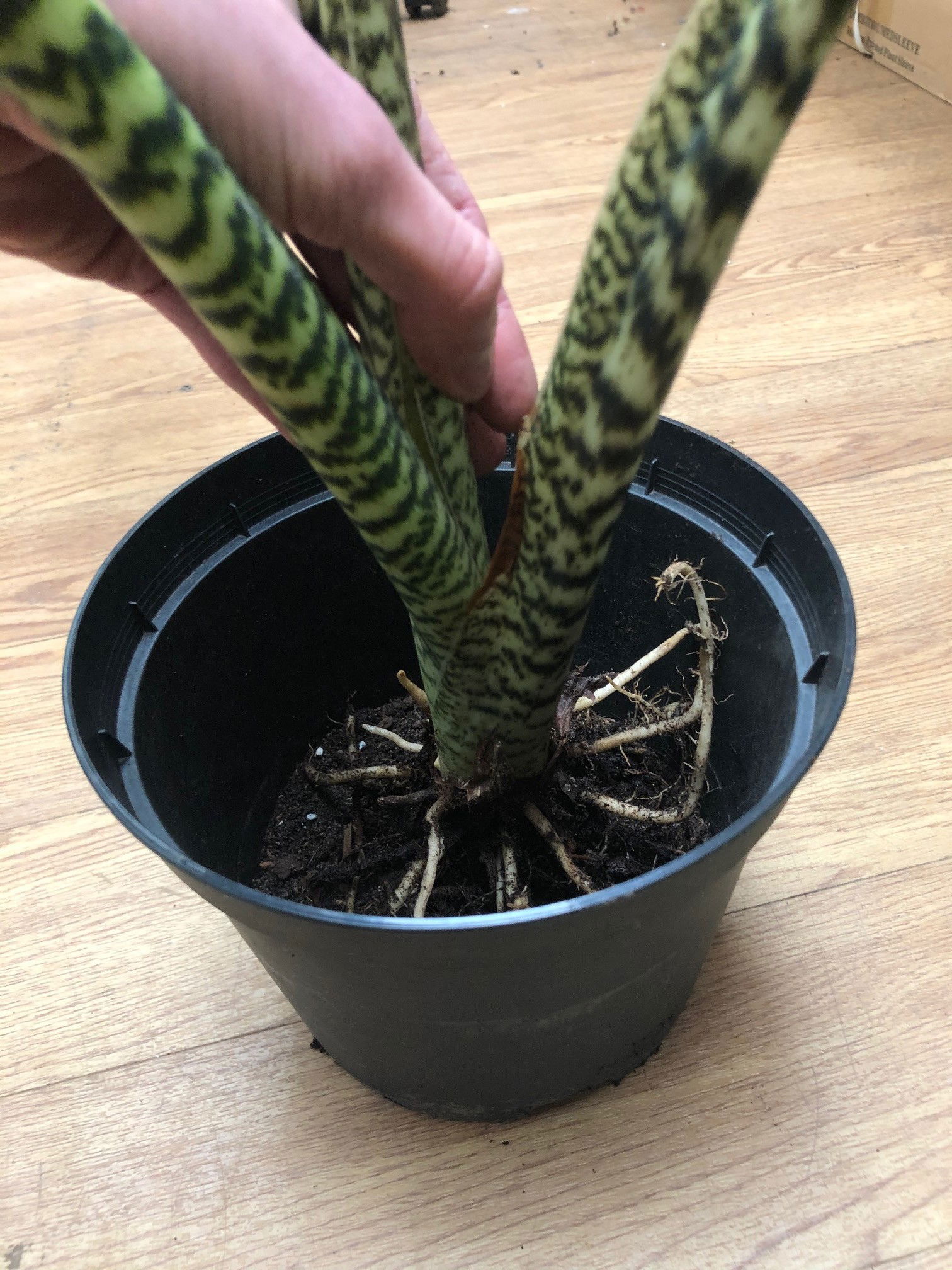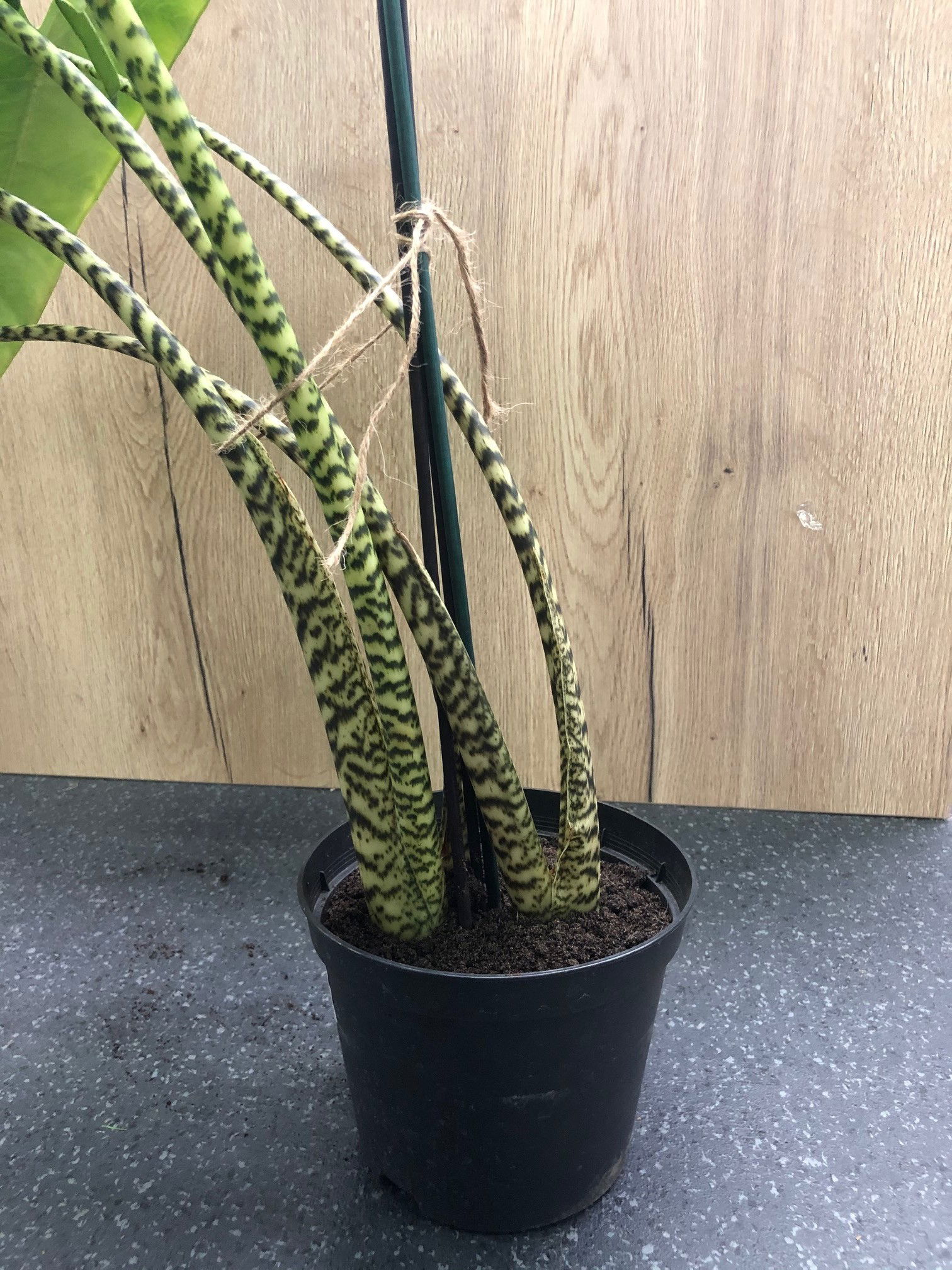Phytophthora spp.
Contents
- What is Root Rot?
- Symptoms
- Causes
- A Step-By-Step Guide & Aftercare
- Hydrogen Peroxide & Cinnamon
Need the answer to a specific plant query? Book a 1-to-1 video call with Joe Bagley, the website's friendly author, to overcome and address your niggling problem! Available on iMessage, WhatsApp, Facebook Messenger & more.
1. What is Root Rot?
Root rot is the breakdown of roots caused by a lack of oxygen in the soil. Persistent over-watering or waterlogged conditions will significantly increase the risk of decay, as it'll push the air upwards and out of the soil. This will lead to anaerobic respiration, where the cells begin to fail and breakdown. If you're struggling to visualise this movement, imagine bubbles of oxygen rising to the surface after being released in water. Root rot can quickly spread onto healthy tissue if unregulated, which is why catching it early is very important.
N. B. - Although very rare, fungi diseases such as Phytophthora or Pythium could lay dormant in the potting mix until conditions permit growth (over-watering). This form of root rot will only develop when a poorly-kept bag of compost is used during a transplant.
2. Symptoms
Tell-tale signs of an attack include; stunted or no growth, severe wilting, yellowing lower leaves, leaf or flower loss and stem collapse. If it's been situated in a heavy, over-saturated soil for some time, remove the pot and investigate its rootball.
 An Alocasia zebrina with yellowing leaves and a serious reduction of roots.
An Alocasia zebrina with yellowing leaves and a serious reduction of roots.
 Have a look at the image below to see what the root system should actually look like...
Have a look at the image below to see what the root system should actually look like...
Buy Our Special Soil Mix for Root-Rotted Houseplants
3. Causes
Root rot is, of course, the product of too much soil moisture, but what conditions can antagonise it?
● Too little light will reduce the rate of photosynthesis, and therefore the water-uptake in the roots.
● You're more likely to over-water in the winter months because of the darker days and longer nights.
● A lack of drainage holes or a too water-retentive compost is another key cause of root rot.
● Not knowing when or how much to water per irrigation.
 ... it's a big difference!
... it's a big difference!
4. A Step-By-Step to Address Root Rot
- Take the plant out of its pot and inspect the rootball. While using a sterile pair of scissors or secateurs, remove the affected roots that are brown or mushy, leaving the healthy sections untouched.
- Do not over-touch the remaining healthy parts of the root system, or remove soil from them, as transplant shock can easily lead to plant death.
- Thoroughly clean the container using soapy water to wash the harmful pathogens that may sit on the plastic. Rinse the healthy roots with lukewarm water to improve its overall health.
- You may have to opt for a smaller pot if there's a considerable decline in roots - this is perfectly fine and is highly recommended to prevent being over-potted.

- Choose the appropriate potting mix for your plant. If you're unsure of which to use, send us a message to be pointed in the right direction. Remember; we now sell premium peat-free soil mixes straight to your door with FREE Delivery, so why not have a look around to support our small business!
Fill the bottom quarter with soil and rest the plant on top. Pour the rest of the compost around the roots until it fills the top three-quarters of the pot. Gently tap the sides to remove any air pockets and to even out the soil structure.

- Never compact the compost for stability as it'll force the oxygen to the surface when irrigated, helping the rot develop. If it needs to be supported, use a cane!

- Aftercare - The final step is to change both your water habits and its location. Depending on the plant, remember only to rehydrate when it's required, and not because the label says "once a week". Although this is generally the frequency for watering, each plant is different, and so too is its location (e.g. darker places will result in fewer waters). Once you get a feel for when it's time for another drink, only then can you determine a new schedule. As the rate of photosynthesis (and therefore water-intake through the roots) is significantly governed by the amount of light that's received, providing a bright, indirect setting will help regain its strength, and maintain water flow in the soil. Always be mindful of environmental shock (when to locations offer too-different conditions), as many genera including Codiaeum, Ficus & Schefflera, could drop their leaves in revolt to the new change. As long as you keep the plant slightly on the drier side to life, new root growth should soon follow. In around a month's time, use a chopstick (or something with a similar structure) and stab the soil vertically a few times. This will introduce fresh air into the soil and help the overall growing conditions. Leave the holes open for a few days and re-surface the soil before another irrigation. If you're interested in learning about finding your plant's care requirements, click here. If you can't find the particular plant, send us a message on Instagram or via email.
5. Hydrogen Peroxide & Cinnamon
Some chemicals and substances can add higher levels of oxygen into the soil once the transplant has been completed. Hydrogen Peroxide is the best example of a cheap, readily available product that'll do this very job. For every three irrigations, incorporate a splash of the peroxide to administer the oxygen - you'll have to do this at least three times over the next two months to stop the further chance of rot. Always follow the manufacturer's recommended dosage, as chemical-burn is a common issue among gardeners.
Another product that'll help prevent the spread of root rot is non-flavoured cinnamon. After having removed the dead roots, sprinkle a thin layer onto the healthy tissue before placing into a bed of new compost. Not only will this halt further development of the disease, but it'll also promote a healthier condition for the roots to thrive in. Click here to shop around for organic cinnamon.
Book a 1-to-1 Consultation with THE HOUSEPLANT DOCTOR™
Need realtime advice about root rot & saving your plant? Book a video or message consultation with expert Joe Bagley, THE HOUSEPLANT DOCTOR™ (author or ukhouseplants.com). Choose between a ten or thirty-minute session & a platform of your choice (WhatsApp, FaceTime, Facebook Messenger or Zoom). Ask unlimited questions in one session, including queries on your challenging plants, pests eradication, terrariums, repotting advice & everything in between! Available worldwide.
